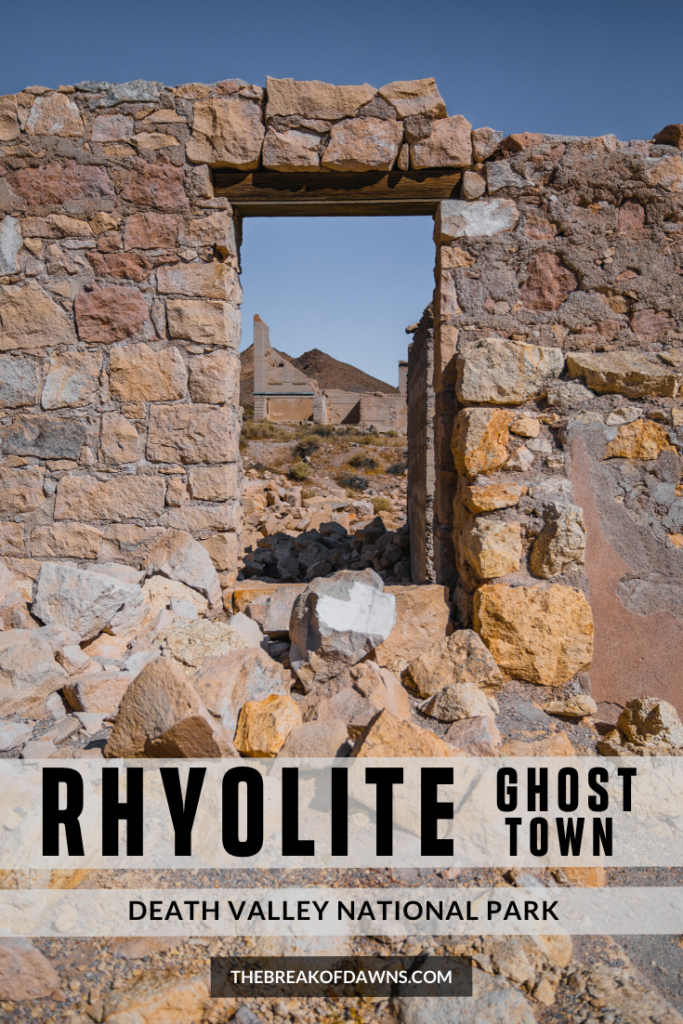
It’s no secret that California was once a haven for mining hopefuls coming from all over to get their hands on newly-discovered ore deposits. That was no different in the vast deserted land around Death Valley National Park where ghost towns are more common than wildlife. While exploring Death Valley, take a short detour to one of the best-preserved historic places in the park, Rhyolite Ghost Town.
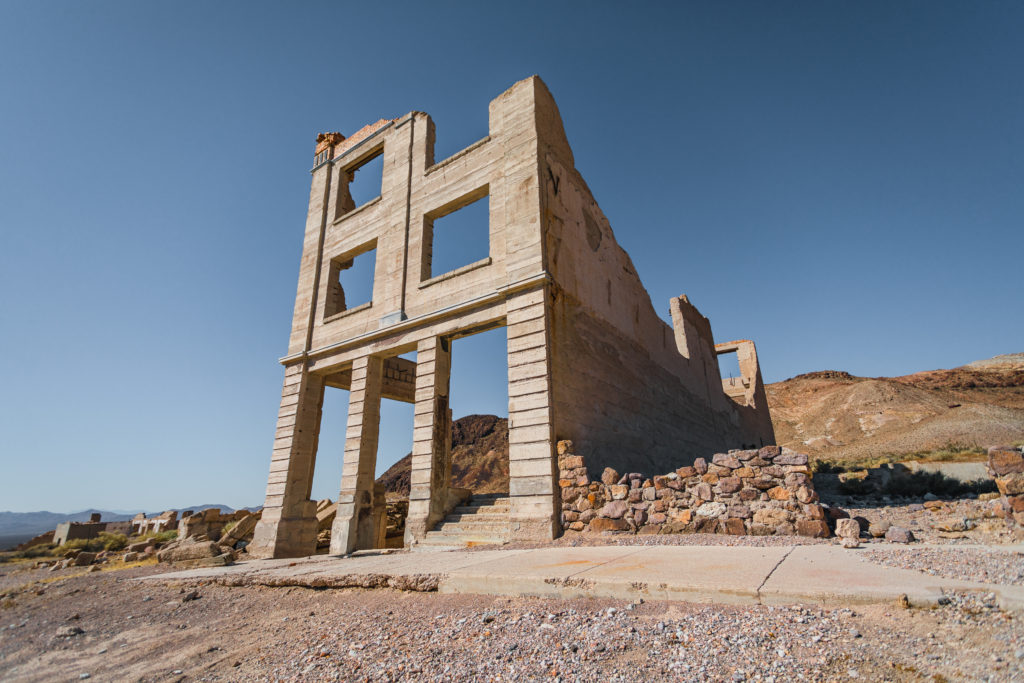
Where is Rhyolite Ghost Town?
Located 7 miles northeast of Death Valley National Park in Nevada is a small yet unspoiled piece of history. Traveling west on CA-374, Rhyolite can be found via Rhyolite Road about 5 miles from Beatty, Nevada.
Spending some time in Death Valley? Click here for my 2 day itinerary!
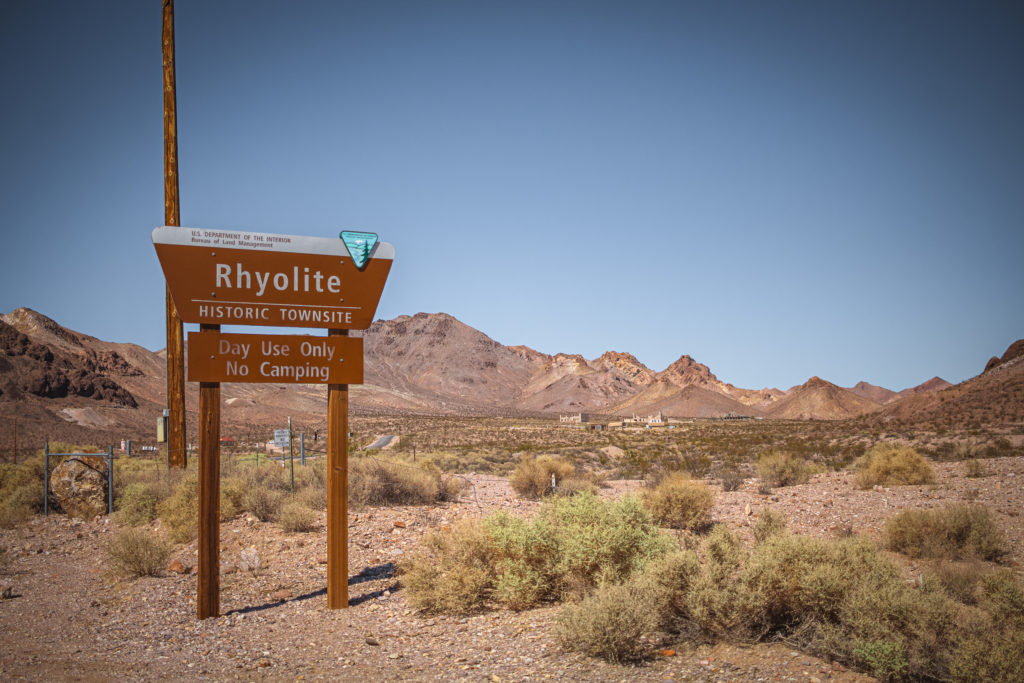
History of Rhyolite
In the early 1900s, men discovered quartz full of gold along a hillside in the arid desert of Death Valley. In no time, 2000 new claims to occupy land within a 30 mile radius were spoken for.
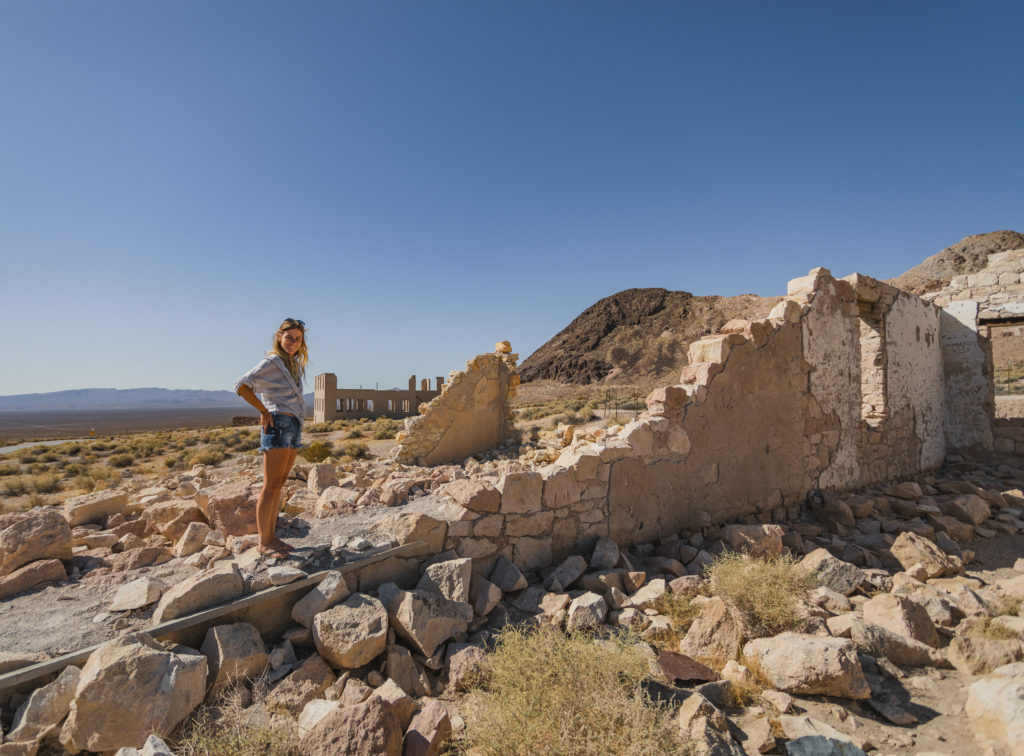
The most profitable area was the Montgomery Shoshone mine where most hopefuls ended up. Rhyolite, named after the volcanic rock in the area, was established as a settlement for the mine workers and their families.

Buildings began to pop up all over the area. Along with a stock exchange and a Board of Trade, Rhyolite supported 19 hotels, 2 churches, a school, 18 stores, multiple foundries, a hospital, 50 saloons, an opera house and even a red light district. Rhyolite became one of the first towns in the area to have electricity, implemented in 1907.
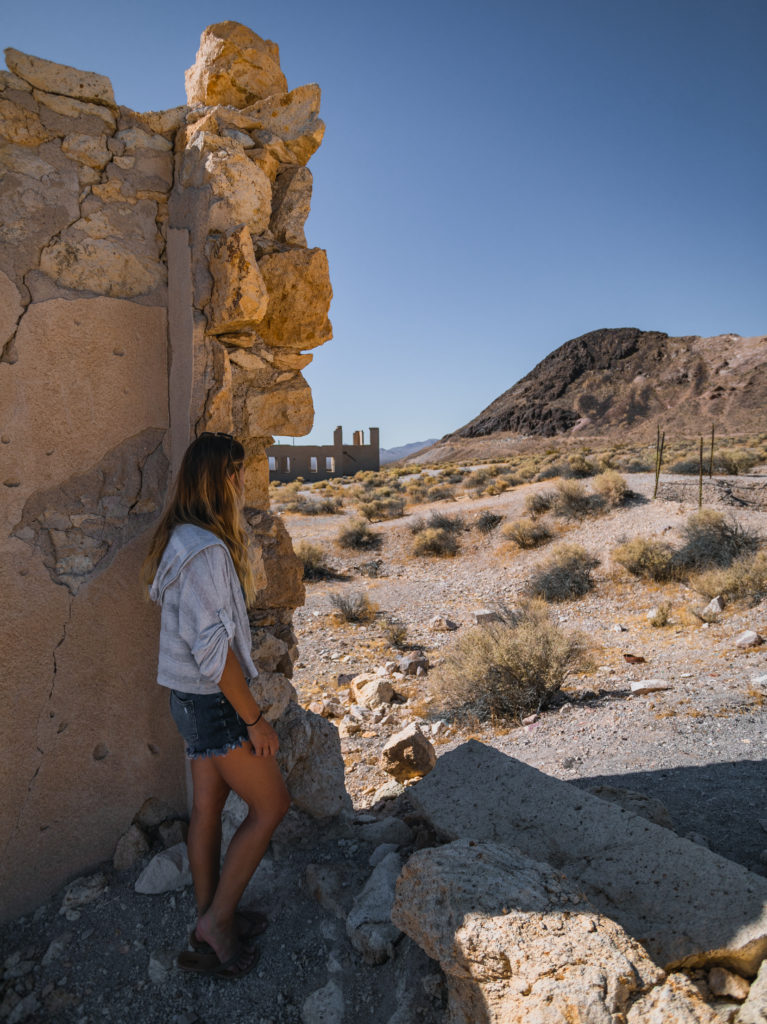
Within a single decade, Rhyolite became the largest city in southern Nevada while also becoming a ghost town. The nationwide Banker’s Panic of 1907 saw a 50% decrease in the New York Stock Exchange. Banks were failing, newspapers went out of business and mines started closing left and right. Rhyolite wasn’t immune to any of it.
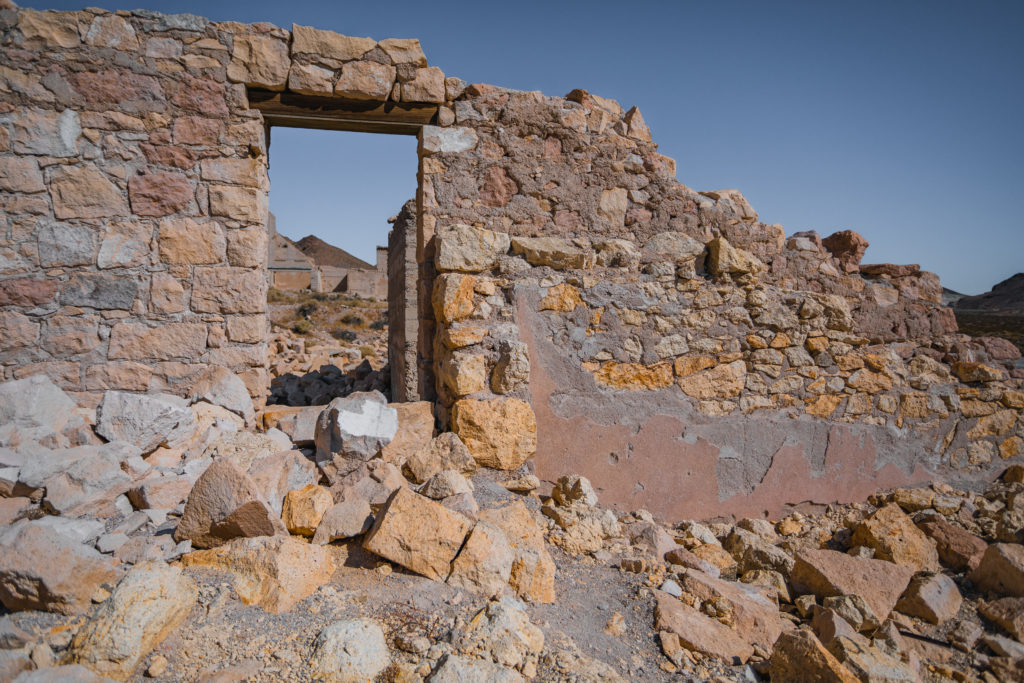
By the year 1910, production from the mills slowed and the population of Rhyolite decreased from nearly 10,000 at one point to 600 residents. The Montgomery Shoshone mill finally closed in 1911 and power was cut 5 years later, leaving behind Rhyolite Ghost Town.
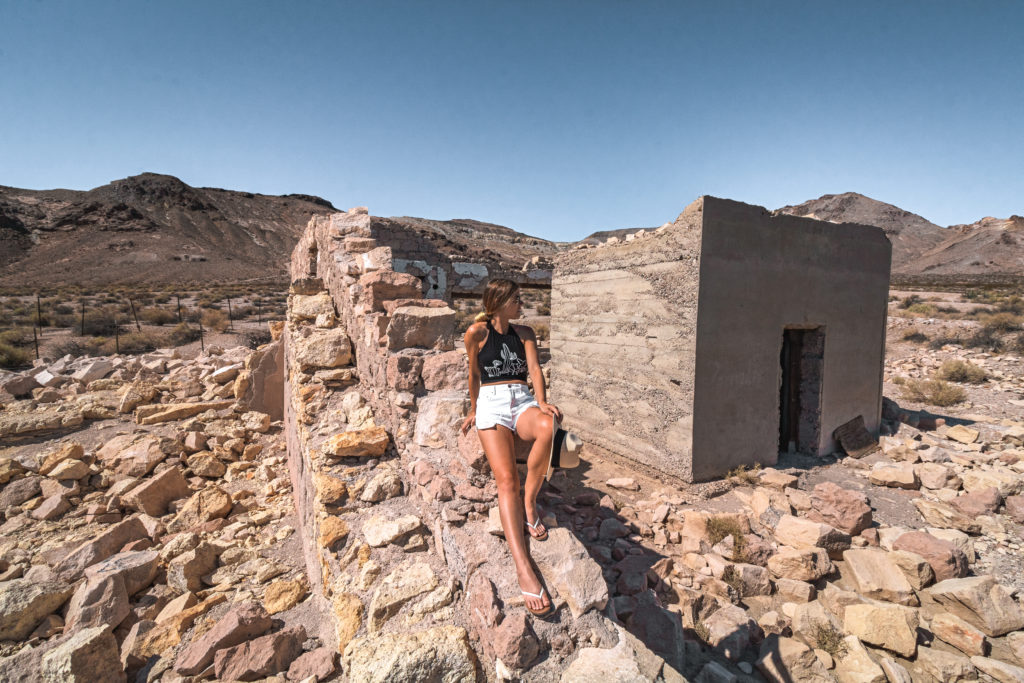
Exploring Rhyolite Ghost Town
Rhyolite is one of the most well-preserved ghost towns I’ve been to. Most of the buildings are still standing today although some exist as a pile of rubble.
Want to explore another ghost town in Death Valley? Read about Leadfield Ghost Town here
Exploring Rhyolite Ghost Town is like a scavenger hunt, you never know what you’re going to find among the rusty tin soup cans and abandoned Ford trucks.
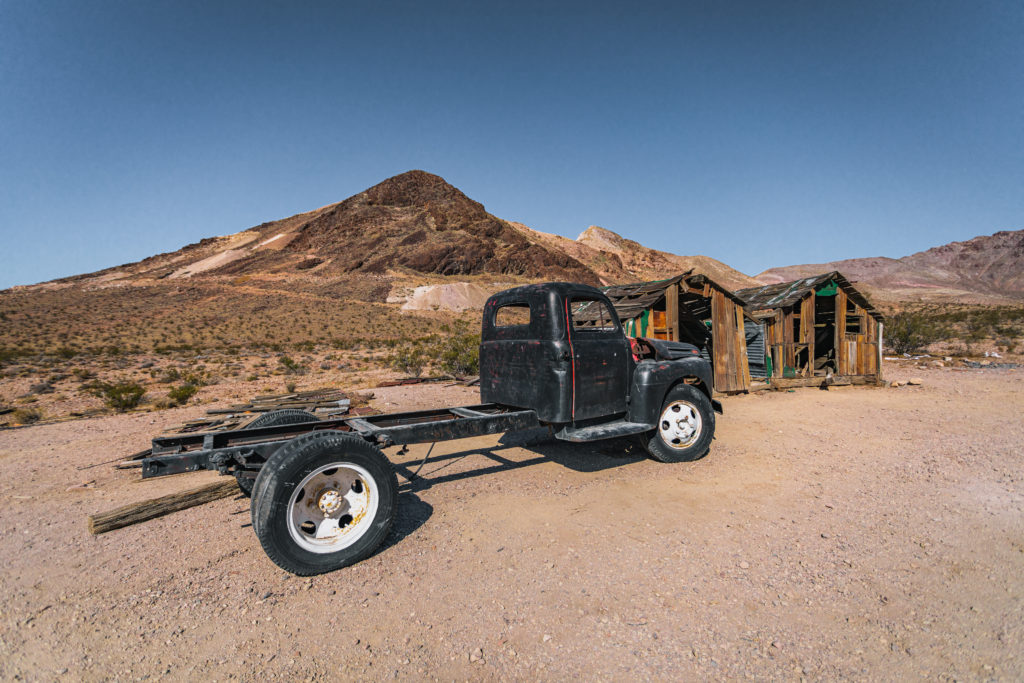
The Buildings of Rhyolite
At the road’s end of Rhyolite is the old train depot which connected the Las Vegas and Tonopah Railroads. The first time I visited Rhyolite in 2018, visitors could walk in and around the train station. I returned at the end of 2019 and the gate surrounding the depot was locked, preventing me from walking to the front porch as I did before.
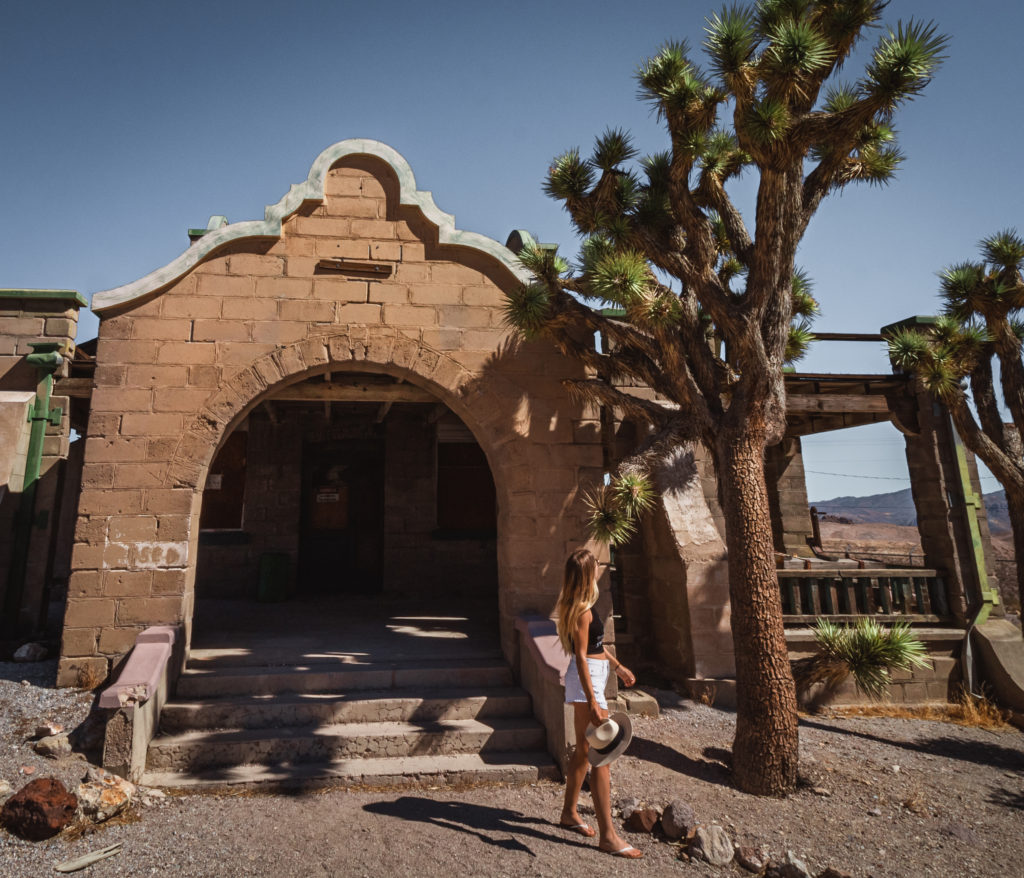
Complete with pink railings and green trim, it’s a beauty of a building though. I only wish I could have seen it operating in its prime in the early 1900s.
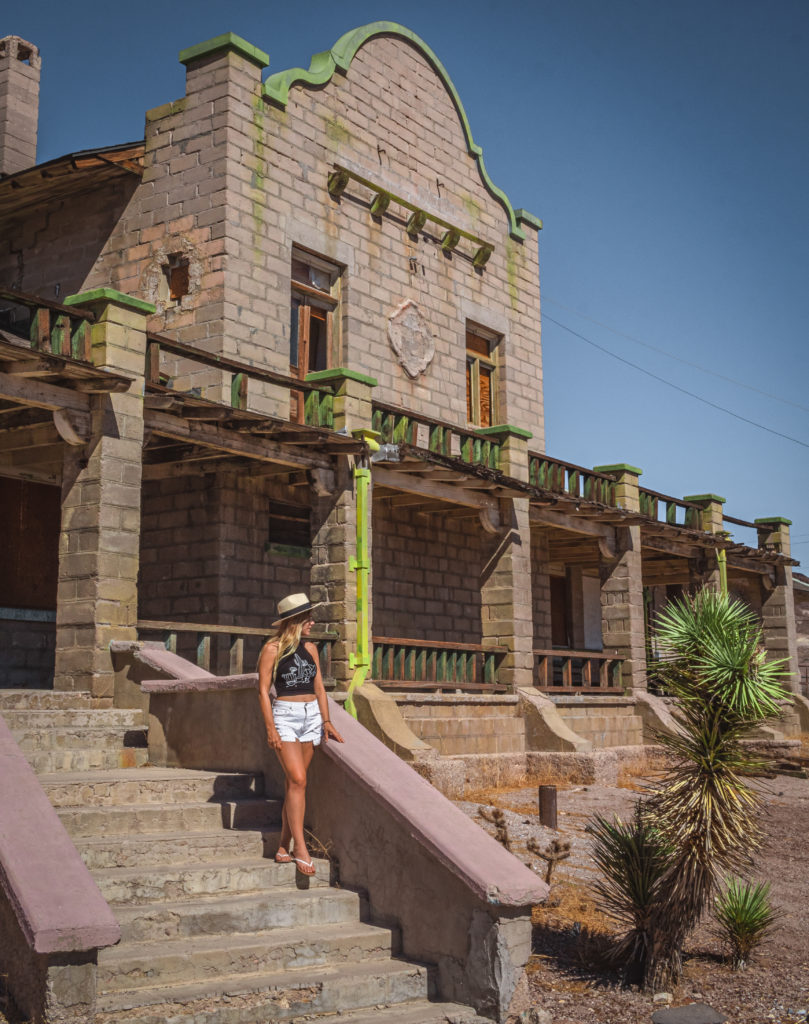
To the north of the train depot is a rotting red train caboose. This was actually used as a gas station during Rhyolite’s golden days.
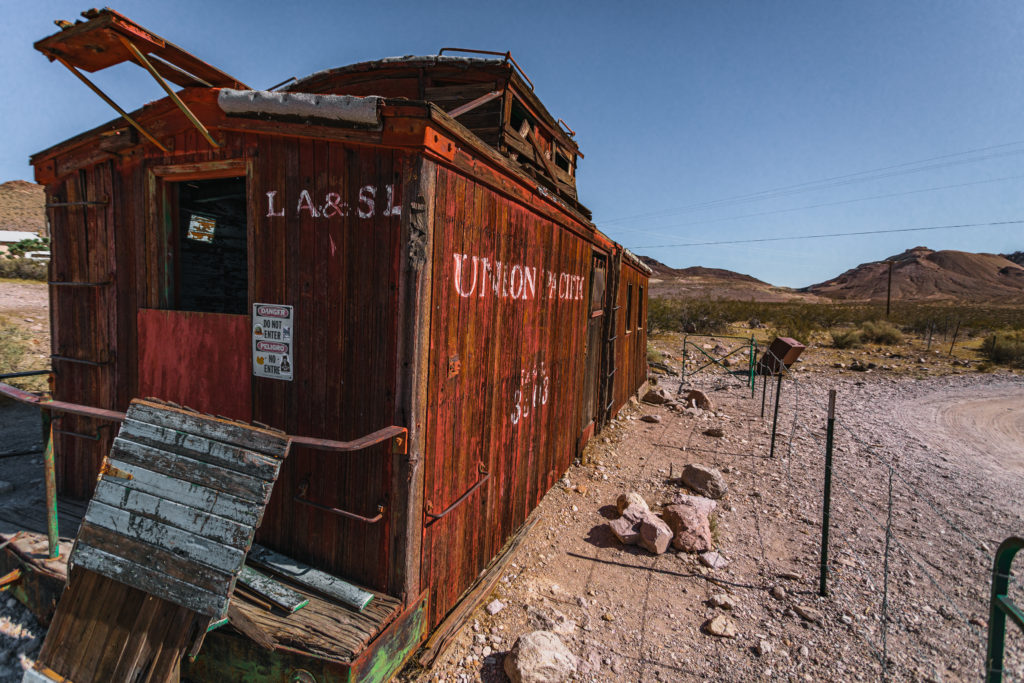
The 3 story bank building, which reportedly cost more than $90,000 to build (equivalent to $2.5 million today) in the early 1900s, is still standing. Interestingly, this is the most photographed building in the west.
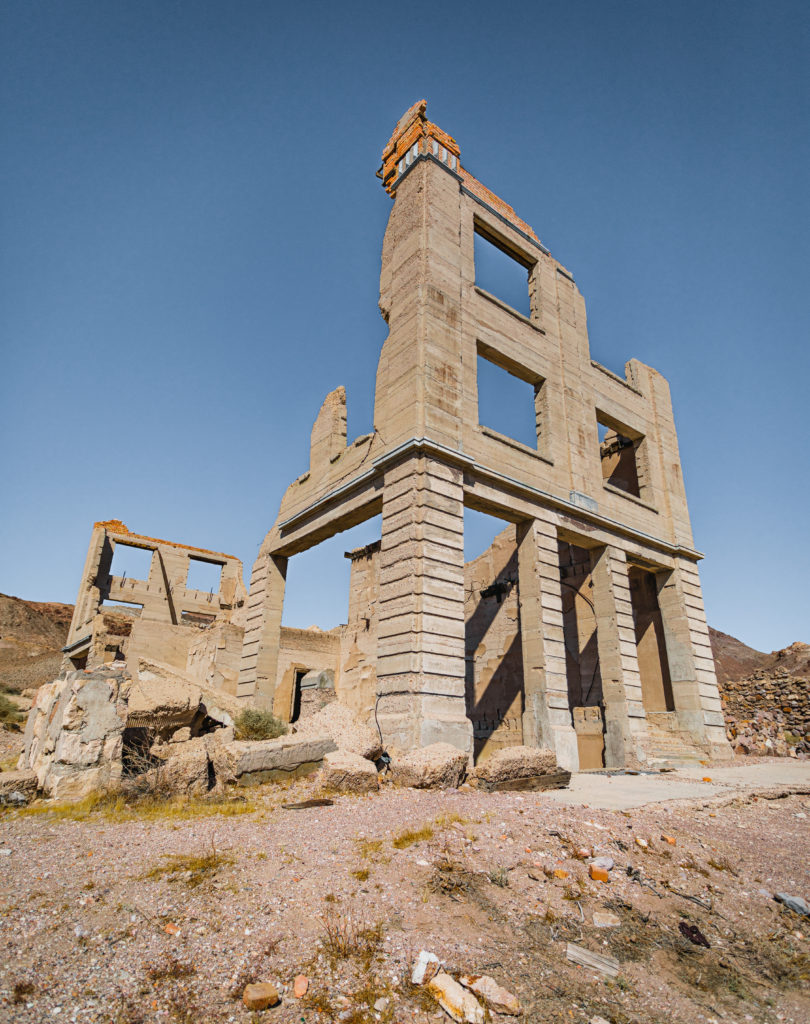
Visible towards the entrance of Rhyolite is the original Bottle House, made out of 50,000 beer bottles, and the school.
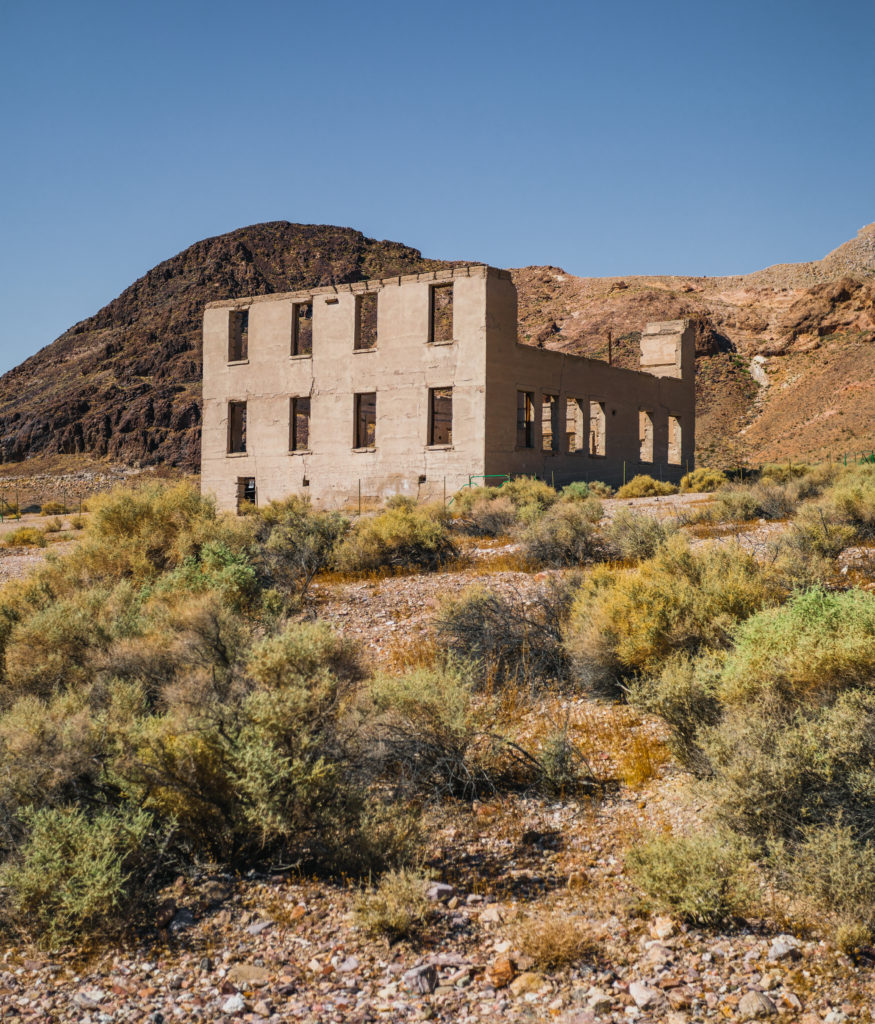
Goldwell Open Air Museum
Before leaving Rhyolite, be sure to stop by the Goldwell Open Air Museum, an outdoor area featuring sculpted works of art.
Read More: Funky Desert Decor at the Goldwell Open Air Museum
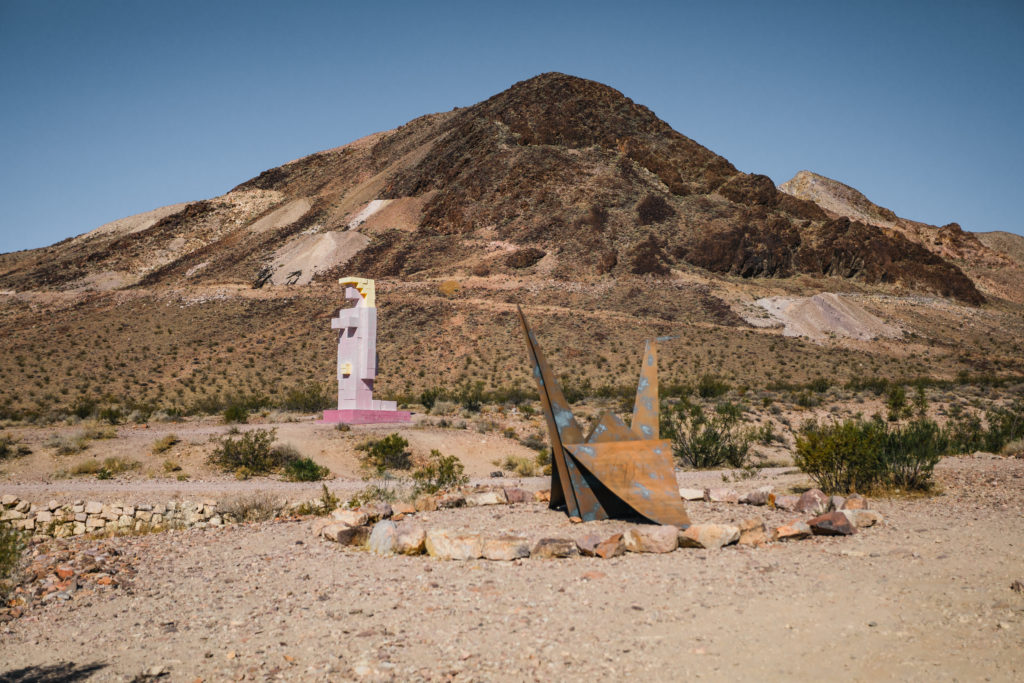
Be sure to check out my Death Valley archive here for more first-hand tips for exploring!
Before heading into historic places, it’s imperative that you’re familiar with the “Leave No Trace” principles.
Read More: Leave No Trace: The 7 Rules of the Backcountry
Learn more about Leave No Trace on their website here.
Like This Post? Pin It!
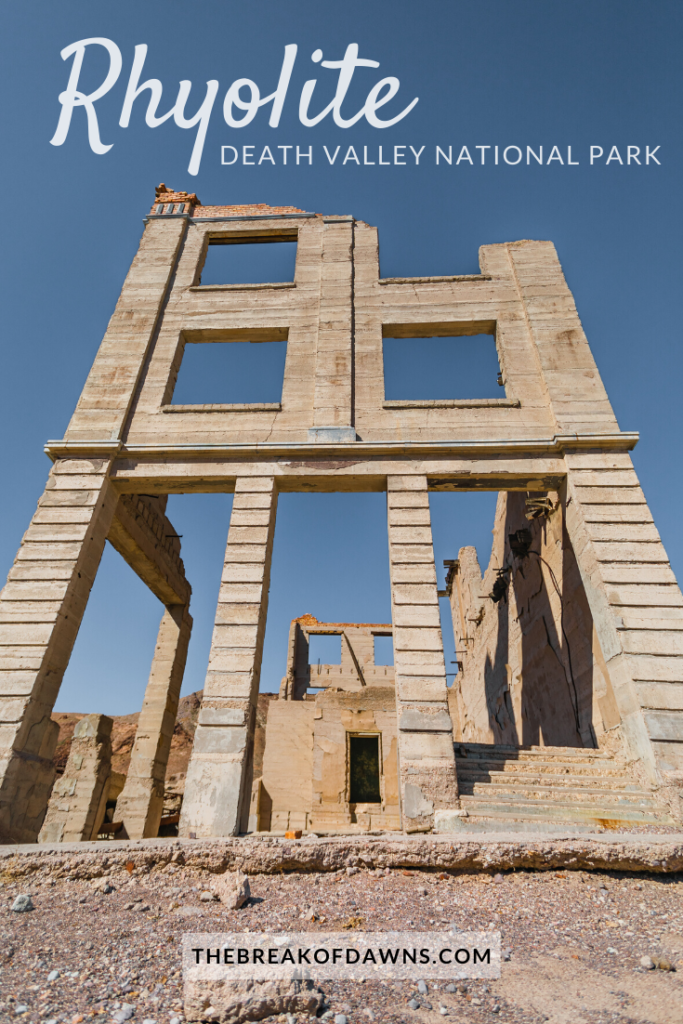
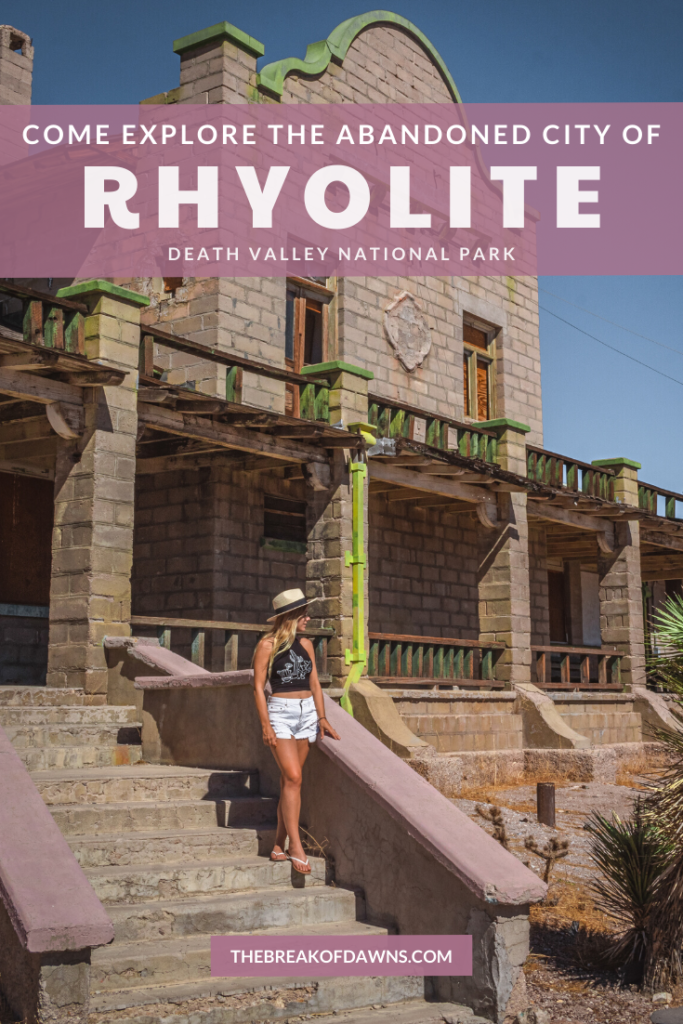
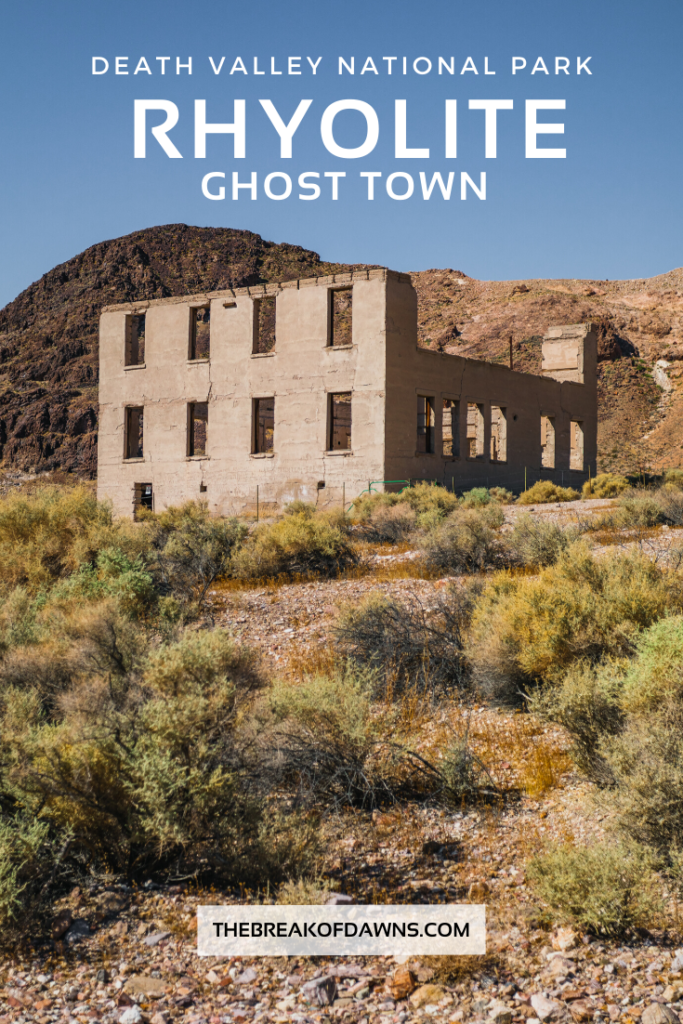
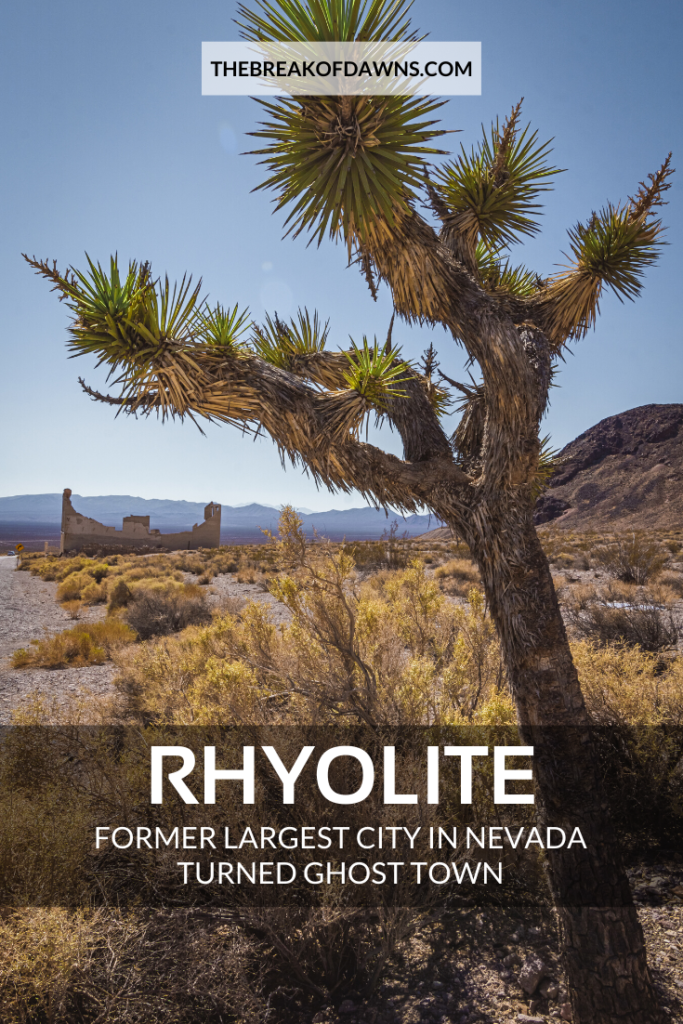

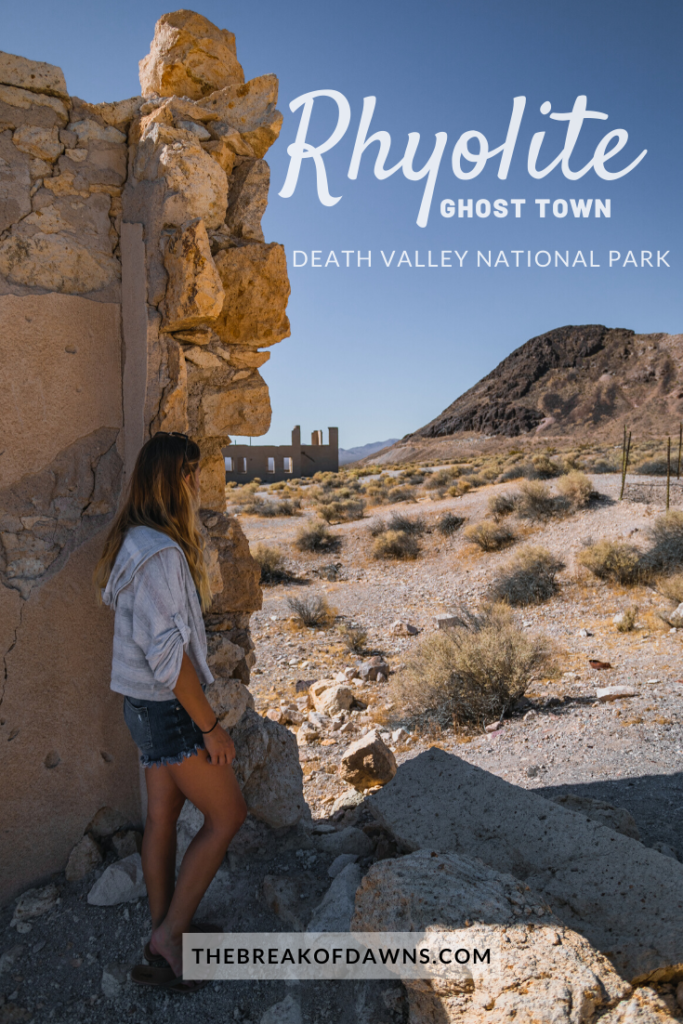
| This post contains affiliate links. At no extra cost to you, if you purchase one of these products I may receive a small commission. This helps me maintain my blog as a free space to you. Check out my Disclaimer for more info.

